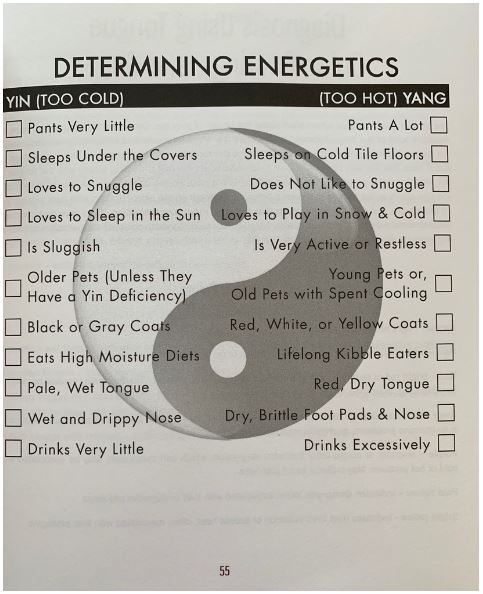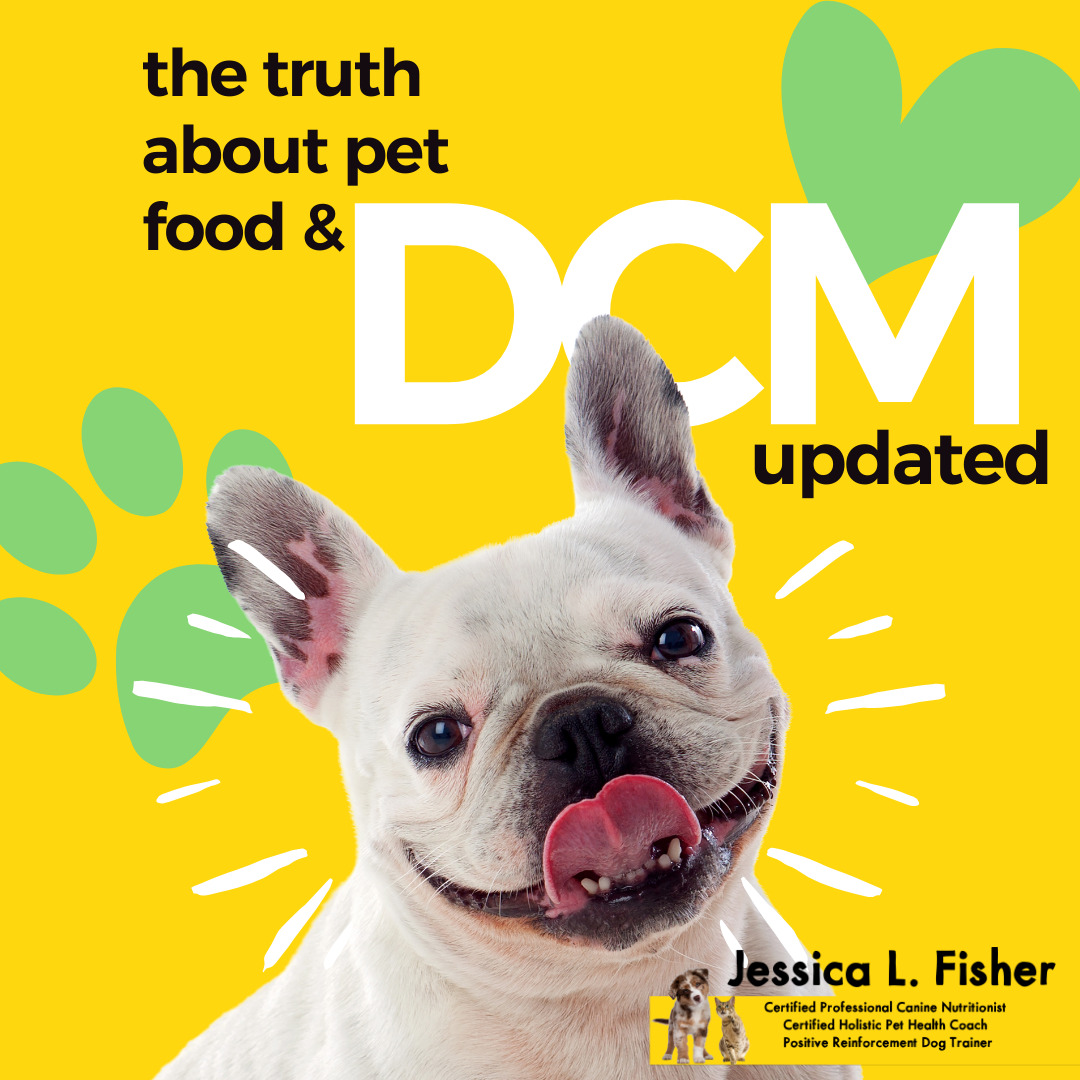It’s funny how life works. I chose today’s topic earlier in the week because I find it interesting. Today I took Sissy to see a new veterinarian (one who I tried getting a house call, but she is booked up a month in advance) who practices an integrative form of veterinary medicine and she recommended food for Sis based on energetics.
Life always works out, doesn’t it?! So, my interest in food energetics just took a new turn.
If you’ve ever heard of cooling, warming or neutral foods, then you’ve heard of food energetics. Maybe it piqued your interest, or maybe it was something you thought you’d learn more about when you found the time. That’s how I was and now that I have more of a reason to learn about it, I’m excited to see how it can make a difference in my cat’s life.
Before I get into more details, I do want to say that this may not be everyone’s cup of tea. If you are new to holistic health and are trying to take baby steps to make a real positive change in your pet’s life, then this topic may be on the back burner for you right now. However, if you are having some issues with your pet, if that is what leads you to holistic health, to begin with, then I think that energetics is a great place to start, especially if you use Dr. Judy Morgan’s book Yin & Yang Nutrition for Dogs: Maximizing Health with Whole Foods, Not Drugs https://amzn.to/3oi9rvV
I’ve had her book for years and even made a recipe from the book on a YouTube video: https://youtu.be/VMgtTkWmsEY
In fact, when a friend of mine was having some issues with her dogs, I looked up a recipe in the book based on their coat color and gave it to her. She started making it and feeding it and raved about the changes she saw!
What is food energetics?
We all know that fresh, whole foods are a game-changer for our pets, but have you ever considered the types of foods and how they can benefit your pet in ways other than just their nutritional value?
Food energetics, or food therapy, is rooted in Traditional Chinese Medicine, TCM, and explores how different foods affect the body in different ways. It’s also yin and yang, so balance is important.
From Dr. Judy’s book: “Traditional Chinese Veterinary Medicine (TCVM) provides information about food ingredients that allows us to design diets for nourishment as well as healing. By understanding the different properties of food, specific organs can be targeted. Diets can be changed based on personality, the season of the year, age, and medical conditions. The goal is to achieve balance and harmony. Without balance, disease occurs and lifespan is shortened. Feeding foods of varying flavors and entries according to the needs and physical constitution of the animal will result in longer, healthier life.”
The difference between Yin and Yang
Every food has energetic properties. Foods higher in moisture and cool the body are called Yin foods, whereas foods lower in moisture and that add heat to the body are called Yang foods.
More properties of Yin and Yang
Yin
-Cold
-Night
-Earth
-Heavy
-Wet
-Female
-Quiet
-Salty/Sour/Bitter
-Blue/Purple/Black
-Water
-North
Yang
– Hot
– Day
– Sky
– Dry
– Male
– Loud
– Pungent/Sweet
– Red/Yellow/White
– Fire
– South
Yin Tonics / Cooling Foods include turkey, duck, clams, rabbit, egg whites, oysters, scallops, barley, brown rice, chrysanthemum, wheat, alfalfa, spinach, broccoli, celery, tomato, melons, and blueberry.
Neutral Foods include pork, quail, wild salmon, whole chicken eggs, tripe, grass-fed beef, bison, goose, eel, tuna, sardines, corn, beans, green peas, yam, carrots, sweet potato, shitake mushrooms, apples, pineapple.
Yang Tonics / Warming Foods include venison, lamb, kidney, shrimp, lobster, garlic, cinnamon, cloves, nutmeg, ginger, basil, rosemary, thyme, cardamom, and raspberries.
How Do I Know What To Feed My Pet?
First, you will need to determine what properties your pet has. You may want to work with someone well versed in TCVM to do this if you are unsure. It’s also important to note that the recipes in Dr. Judy’s book are not fully balanced but designed to be rotated for balance over time.
Is your pet hot or cold?
Does your pet have problems with dryness or too much moisture?
Does your pet have too much energy or a lack of energy?
What health problems need to be addressed?
Dr. Judy recommends starting a list with two columns, one for hot and one for cold. Creating this list will give you an idea if your dog is more hot, cold, or neutral.
This is a checklist from the book:

Remember that yin and yang will both exist in every animal. Our goal is to keep them as even as possible. Your dog may have more on one side than the other, in which case, we would want to feed food to help balance the energy in the body. Balancing the energy in the body will help keep the body in tip-top shape!
As always, if your dog is sick, please consult with your veterinarian!
Dr. Judy also offers online courses, so take advantage of all of the wonderful knowledge out there!
Have you ever tried a diet or meal based on TCVM? I did make a meal for Kim once using a recipe in the book (linked above) and she loved it! Now that we have moved to a climate with actual seasons, I may try to incorporate some lightly cooked meals in to her diet this winter, so I will definitely be reaching for this book more!




